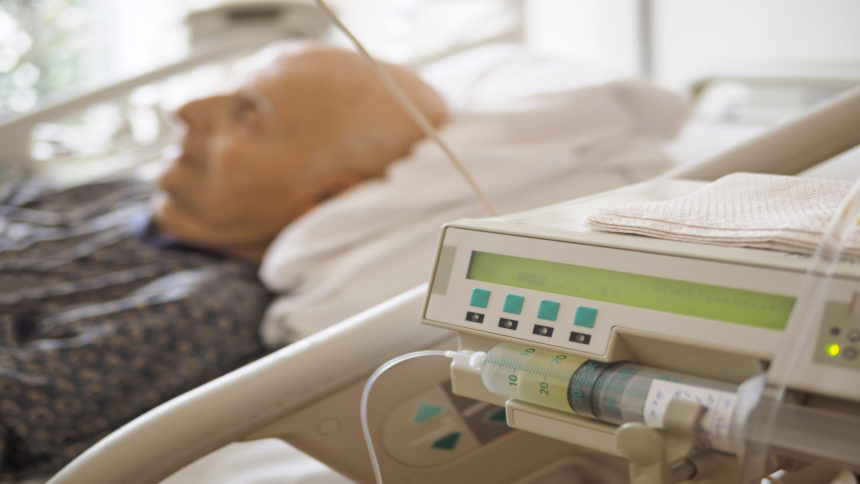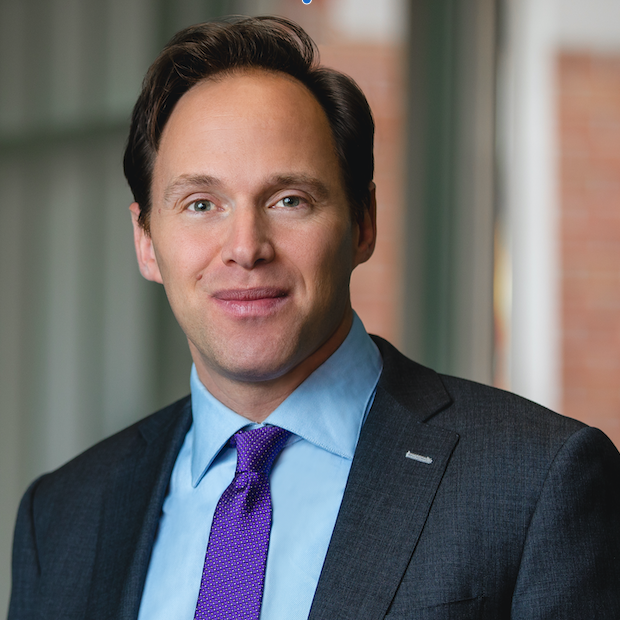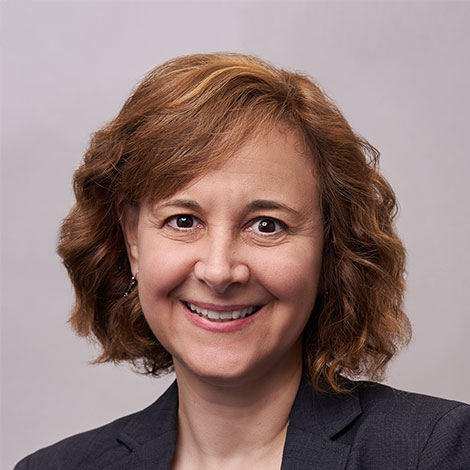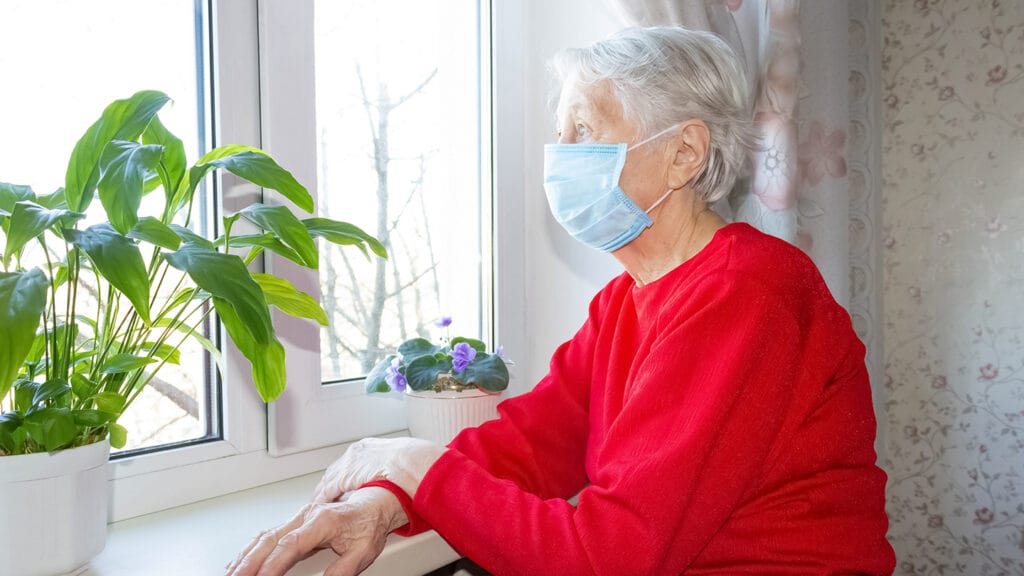
Palliative care advocates are gaining confidence the Center for Medicare and Medicaid Innovation(CMMI) will give the go-ahead for a demonstration payment model covering community-based palliative care.
Edo Banach, president and CEO of the National Hospice and Palliative Care Organization (NHPCO), told McKnight’s Home Care Daily his organization began talks about a demonstration project in early 2020 with CMMI under the Trump administration, and those talks have gained momentum under the Biden administration.

“We’ve gotten incredibly positive feedback and I think this is actually germinating at CMMI,” Banach said. “I am incredibly hopeful that this is a demo that we will see sooner, rather than later.”
Hopes for a palliative care payment model have risen in recent weeks, after the director of CMMI’s Patient Care Models Group said publicly the center hoped to move forward on a possible project.
Palliative care offers specialized medical care for people living with serious illnesses, such as heart disease, stroke, diabetes, Parkinson’s disease and Alzheimer’s disease. Patients receiving palliative care can also continue receiving curative treatment. They are cared for by a team that includes clinicians, social workers and clergy. The Center to Advance Palliative Care (CAPC) estimates 12.4 million Americans could benefit from this form of treatment.
Although private insurance plans and approximately 134 Medicare Advantage plans now cover palliative care, traditional Medicare doesn’t because its fee-for-service structure won’t cover services provided by clergy and social workers.

“Why these payment models are so important is because they sidestep the fee-for-service billing entirely,” Allison Silvers, CAPC payment and policy vice president, told McKnight’s Home Care Daily. “That way you can set up payment for palliative care services that pay the entire team.”
Hospice model
Palliative care advocates say a similar demonstration model for hospice — the Medicare Care Choices Model — is also boosting the prospects for a palliative care demonstration model. That project, which wraps at the end of this year, allows patients to receive hospice and curative care, and so far, has proven to be cost-effective.
Preliminary results from a study NHPCO conducted with University of Chicago research center NORC found a community-based payment model for palliative care also could save Medicare millions of dollars a year.
“The reason you end up saving money is not because you are spending so much on care, it’s because once people are exposed to palliative care, they want more of it and less curative care,” Banach explained.
COVID-19 effect
Moreover, Banach thinks the COVID-19 pandemic could boost the prospects for a palliative care payment demonstration model. As thousands of Americans deal with long-term symptoms of the virus, palliative care could offer physical relief for those patients and possible financial relief for payers.
This article originally appeared on McKnight's Senior Living



